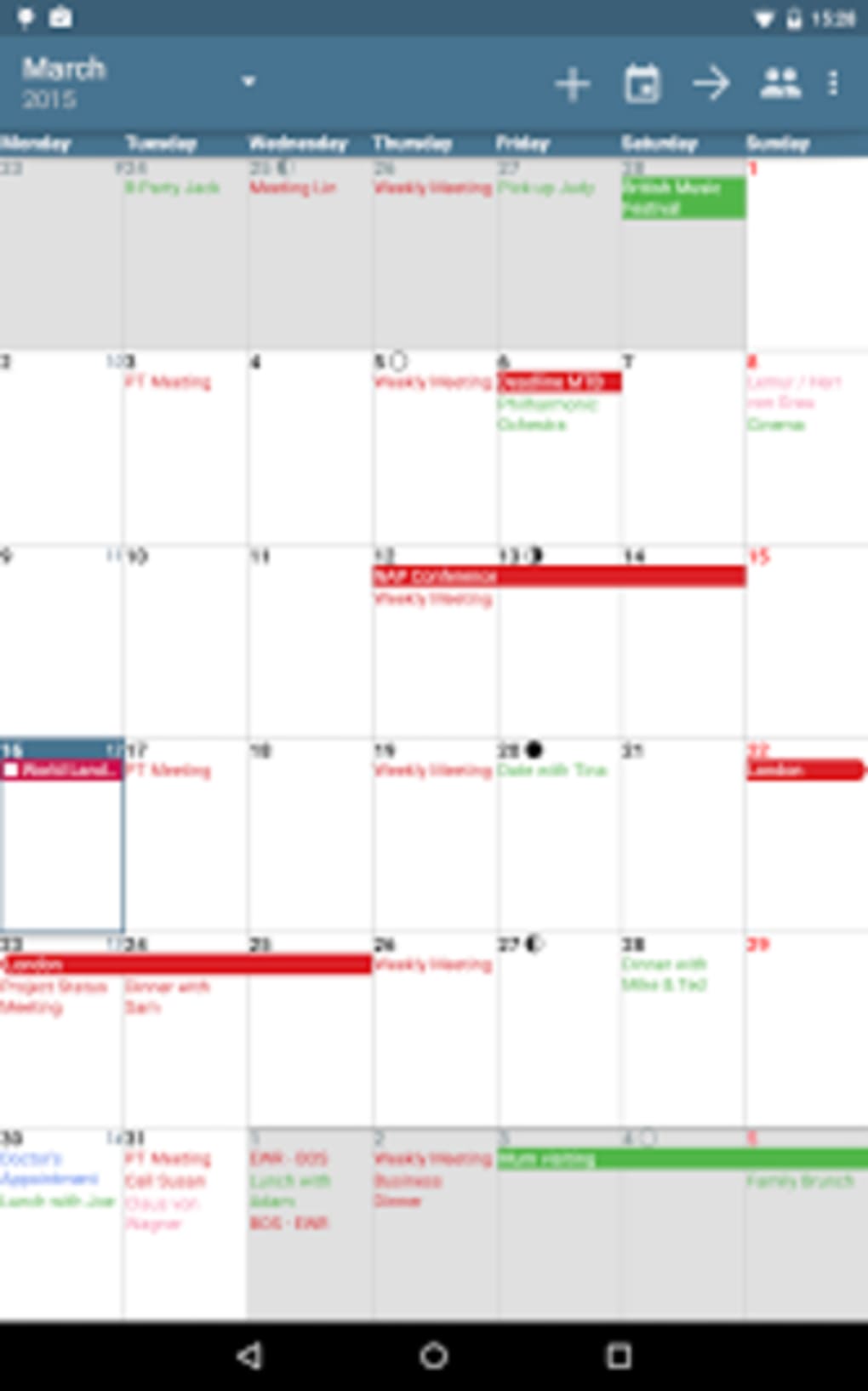


So, since posting the example in the devShare, I have changed the design to use a dataSet parameter on the orders dataSet to only return orders from a certain date. However, when the date range is large, this becomes very slow. In the devShare entry, each of these tables is then filtered to only show the orders from each date. A table or list is put into the detail row of each “date table” and tied to the orders dataSet. The filter for Sunday can be seen below.Ī second dataSet is used to bring in the orders. Each table is filtered to only show the date for that day of week. A 1 column / 1 detail row table is placed in each cell of the grid to display the date. A 7 column grid is placed in the “week” group header. The table is then grouped by year, month, and then week with those groups sorted to display in the correct order. The outer table with the year, month, and date fields is tied to a scripted dataSet that uses two user entered parameters, startDate and endDate, to create every date within the given range. The final setup of the report can be seen below. I recreated this setup with the sample database to display a calendar view of orders placed. However, I was easily able to create the report using a table, an embedded 7 column grid, a 1 detail row table in each grid cell for the days of the week, a sub table or list within each day to display the jobs, and some filtering. I’m not sure why, but I hadn’t really thought of this approach to displaying data before. I encountered a forum qustion recently asking about creating a calendar view in a BIRT report to show a job number within a calendar view on the date that the job was due to be completed.


 0 kommentar(er)
0 kommentar(er)
